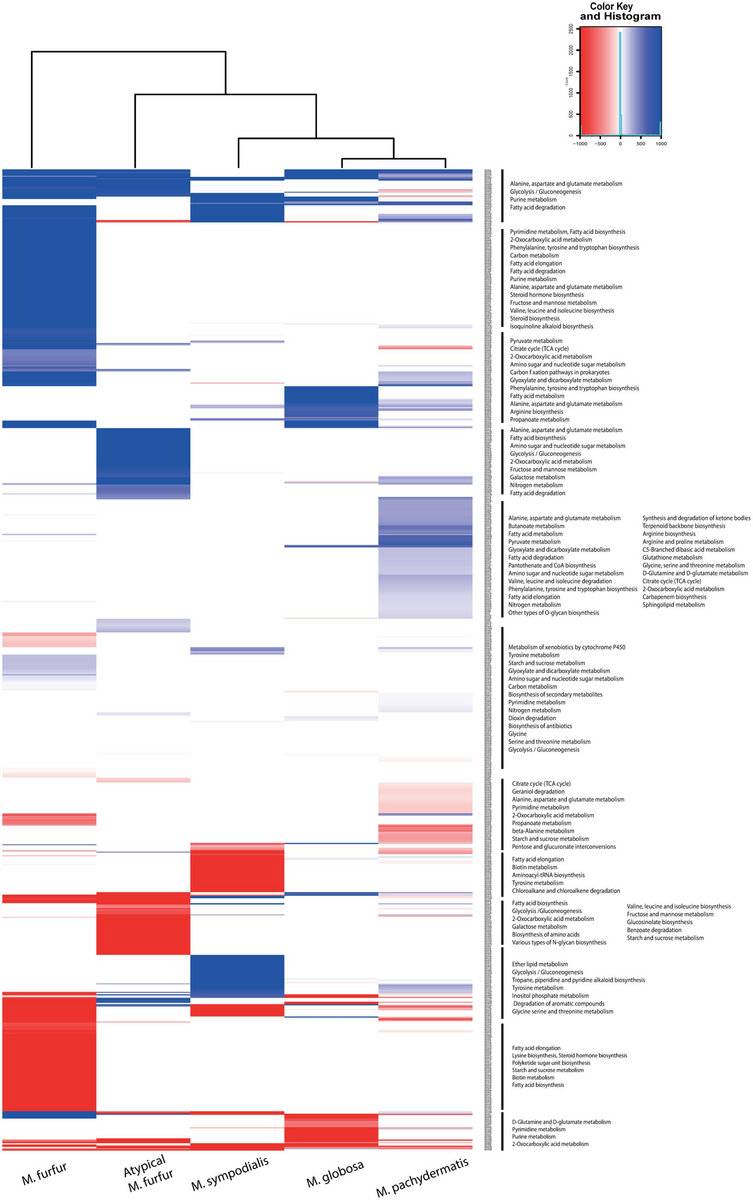

At the 5′ end, the genomic RNA (gRNA) features two large open reading frames (ORFs ORF1a and ORF1b) that encode 16 non-structural proteins (nsp), among them the viral replication and transcription complex. The SARS-CoV-2 genome is a positive single-stranded RNA of nearly 30,000 nucleotides. SARS-CoV-2 belongs to the Coronaviridae family and is similar to other coronaviruses. The previous SARS-CoV emerged in China in November 2002, causing more than 8000 human infections and 774 deaths in 37 countries and the Middle East respiratory syndrome coronavirus (MERS-CoV), detected in Saudi Arabia in 2012, was responsible for more than 2000 cases of infection and 858 deaths. Most coronaviruses that are pathogenic to humans are associated with mild clinical symptoms, except for SARS-CoV-2, SARS-CoV and MERS-CoV. So far, the virus has infected over 646 million people in Brazil, and over 6.6 million deaths have been reported globally ( ). The COVID-19 outbreak, caused by the severe acute respiratory syndrome coronavirus 2 (SARS-CoV-2), is a major concern of public health that is rapidly spreading worldwide. These findings on deleted ORF7a accessory protein gene, contribute to understanding SARS-CoV-2 phenotypes such as replication, immune evasion and evolutionary fitness as well insights into the role of SARS-CoV-2_ORF7a in the mechanism of virus-host interactions.

In silico analysis suggests that the deletions impair protein proper function however, isolated viruses with partial deletion of ORF7a can replicate in culture cells similarly to wild-type viruses at 24 hpi, but with less infectious particles after 48 hpi. Still, fragments associated with sgRNA of genes upstream of ORF7a showed a decrease in size when corresponding to samples with deletions. These deletions did not affect subgenomic RNAs (sgRNA) production downstream of ORF7a. The ORF7a∆190 was detected in a group of five relatives with mild symptoms of COVID-19, and the ORF7a∆339 and ORF7a∆365 in a couple of co-workers. Deletions were confirmed through Sanger sequencing. Sequencing of SARS-CoV-2 complete genomes showed three different ORF7a size deletions (190-nt, 339-nt and 365-nt). This work investigates the presence of SARS-CoV-2 ORF7a deletions identified in COVID-19-positive individuals. The most common changes in SARS-CoV-2 are single nucleotide substitutions, also reported insertions and deletions. The spread of severe acute respiratory syndrome coronavirus 2 (SARS-CoV-2), causing the COVID-19 outbreak, posed a primary concern of public health worldwide.


 0 kommentar(er)
0 kommentar(er)
